30-day Anti-Inflammatory Diet Plan [ 100% efficient ]
Understanding the Process of Body Inflammation
What is Inflammation?

The Inflammatory Process
Initial Response

- Redness
- Warmth
- Swelling
- Pain
Cellular Response

1. First Responders (Neutrophils)
- Rush to the site of inflammation
- Begin attacking pathogens
- Release enzymes to break down damaged tissue
2. Cleanup Crew (Macrophages)
- Arrive to engulf debris and pathogens
- Release signaling molecules called cytokines
- Help coordinate the broader immune response
Molecular Mechanisms

- NF-κB pathway triggers pro-inflammatory responses
- MAPK pathway responds to stress signals
- JAK-STAT pathway activates immune responses
Vascular Changes

1. They dilate to increase blood flow
2. Become more permeable
3. Allow immune cells to reach affected tissues
Types of Inflammatory Response
Acute Inflammation

- Short-term response
- Typically resolves within days
- Helps healing and repair
Chronic Inflammation

- Long-term response
- Can last months or years
- May lead to various health issues
READ MORE: Reduce and Heal Acid Reflux
The Power of Anti-Inflammatory Foods
Mediterranean Diet: The Gold Standard

- Abundant whole foods and nutrient-rich foods
- Liberal use of olive oil as the primary source of healthy fats
- Regular consumption of fatty fish rich in omega-3 fatty acids
- Plenty of dark leafy greens and colorful vegetables
- Limited red meat consumption
Key Anti-Inflammatory Foods to Include
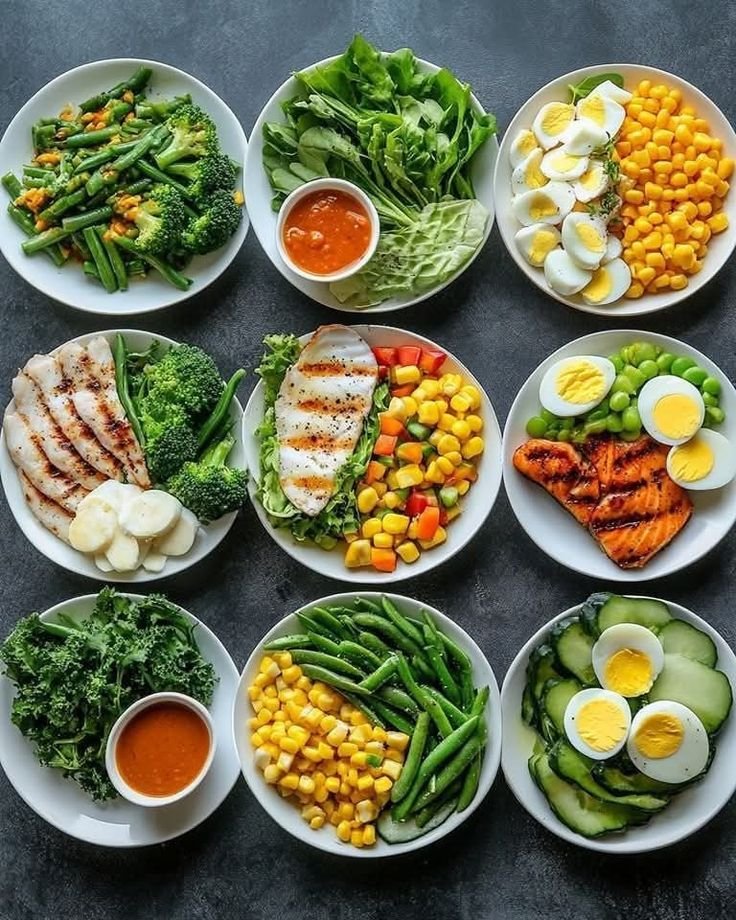
Fatty Fish and High-Quality Proteins
- Salmon, mackerel, and sardines are excellent sources of omega-3 fatty acids
- These fatty acids help reduce the production of inflammatory substances in the body
Healthy Fats
- Extra virgin olive oil and avocado oil
- Contains compounds that work similarly to anti-inflammatory medications
Whole Grains and Fiber
- Brown rice, quinoa, and other whole grains
- Help reduce C-reactive protein, a marker of inflammation
Colorful Produce
- Dark leafy greens, bell peppers, and citrus fruits
- Rich in vitamin C and antioxidants that combat free radicals
The 30-Day Anti-Inflammatory Meal Plan (1,500-calorie meal plan)
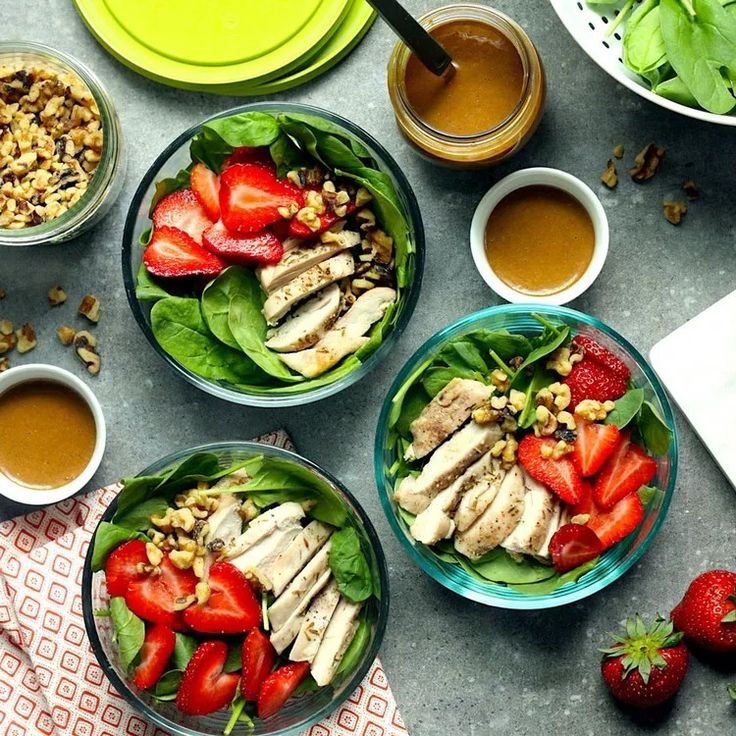
Meal Planning Basics
- 45-65% from carbohydrates
- 10-35% from proteins
- 20-35% from healthy fats
Sample Daily Menu
- Raspberry-Kefir Power Smoothie with a medium orange
- Ingredients include fresh berries, chia seeds, and natural peanut butter
- ¼ cup unsalted dry-roasted almonds
- White Bean & Veggie Salad with:Prechopped kaleBlack beansFeta cheeseOlive oil dressing
- Prechopped kale
- Black beans
- Feta cheese
- Olive oil dressing
- Fresh fruit with walnuts
- Sheet-Pan Roasted Salmon & Vegetables
- Sweet potatoes
- Green beans
- Butternut squash
30-Day Anti-Inflammatory Meal Plan: Your Complete Guide

Week 1-4 Meal Plan Structure
- Breakfast: 300-400 calories
- Morning Snack: 100-200 calories
- Lunch: 400-450 calories
- Afternoon Snack: 100-200 calories
- Dinner: 400-450 calories
Week 1
- Breakfast:
- Chia Seed Pudding with Coconut Milk and Berries (310 calories)2 tbsp chia seeds, 1 cup coconut milk, ½ cup mixed berries
- 2 tbsp chia seeds, 1 cup coconut milk, ½ cup mixed berries
- AM Snack:
- ¼ cup unsalted dry-roasted almonds (170 calories)
- Lunch:
- Quinoa and Citrus Salad (400 calories)Includes oranges, celery, Brazil nuts, green onion, fresh parsley
- Includes oranges, celery, Brazil nuts, green onion, fresh parsley
- PM Snack:
- Apple with 1 tbsp natural peanut butter (160 calories)
- Dinner:
- Grilled Salmon with Zucchini Pasta (450 calories)
- Topped with pesto and parmesan cheese
- Breakfast:
- Smoked Salmon Avocado Toast (380 calories)
- Whole grain bread, ¼ avocado, 2 oz smoked salmon
- AM Snack:
- Greek Yogurt with Berries (150 calories)
- Lunch:
- Lentil and Beetroot Salad (450 calories)
- With hazelnuts and fresh herbs
- PM Snack:
- Edamame (150 calories)
- Dinner:
- Curried Shrimp and Vegetables (400 calories)
- With turmeric, carrots, red peppers
Week 2
- Breakfast:
- Oatmeal with Coconut Milk and Egg White (350 calories)
- AM Snack:
- Mixed nuts and dried fruit (180 calories)
- Lunch:
- Grilled Sauerkraut and Hummus Sandwich (400 calories)
- With avocado on pumpernickel bread
- PM Snack:
- Lemon-Blueberry Yogurt Bites (120 calories)
- Dinner:
- Roasted Cauliflower Soup (400 calories)
- With fennel and ginger
- Breakfast:
- Blueberry Chia Smoothie (320 calories)
- AM Snack:
- Walnuts and apple slices (160 calories)
- Lunch:
- Sweet Potato and Black Bean Bowl (450 calories)
- PM Snack:
- Celery with almond butter (150 calories)
- Dinner:
- Baked White Fish with Quinoa (420 calories)
Week 3
- Breakfast: Veggie Omelet with Whole Grain Toast (380 calories)
- AM Snack: Mixed berries with nuts (170 calories)
- Lunch: Mediterranean Chickpea Salad (400 calories)
- PM Snack: Hummus with cucumber slices (150 calories)
- Dinner: Lentil Soup with Vegetables (400 calories)
- Breakfast: Cracked Farro Porridge with Berries (350 calories)
- AM Snack: Orange and pistachios (160 calories)
- Lunch: Turkey and Avocado Wrap (450 calories)
- PM Snack: Greek yogurt with honey (140 calories)
- Dinner: Grilled Chicken with Sweet Potato (400 calories)
READ MORE: Food for Irritable Bowel Syndrome – IBS
Week 4
- Breakfast: Turmeric Tofu Scramble (340 calories)
- AM Snack: Pear with almond butter (170 calories)
- Lunch: Salmon Quinoa Bowl (450 calories)
- PM Snack: Roasted chickpeas (150 calories)
- Dinner: Vegetable Stir-Fry with Tofu (400 calories)
- Breakfast: Overnight Oats with Berries (360 calories)
- AM Snack: Trail mix (180 calories)
- Lunch: Mediterranean Tuna Salad (400 calories)
- PM Snack: Rice cakes with avocado (150 calories)
- Dinner: Grilled Fish with Roasted Vegetables (420 calories)
Meal Prep Tips for Success
Weekly Preparation
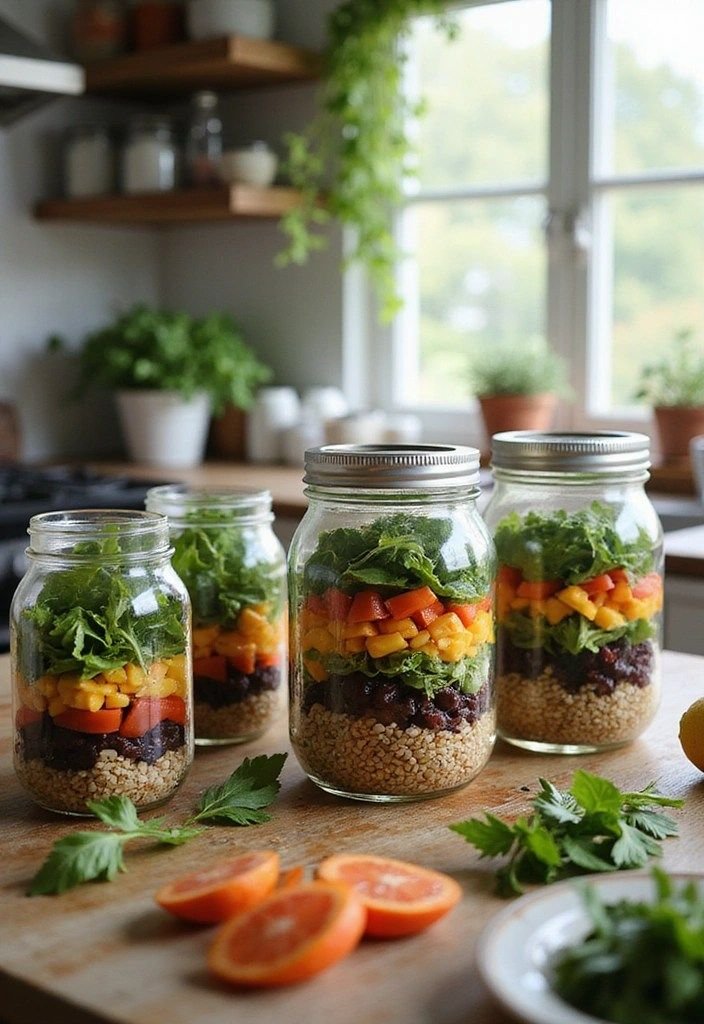
1. Sunday Prep:
- Roast vegetables
- Prepare protein sources
- Make snack portions
2. Storage Guidelines :
- Use airtight containers
- Label all meals with dates
- Refrigerate meals for 3-4 days
- Freeze extra portions for later weeks
Flexible Modifications
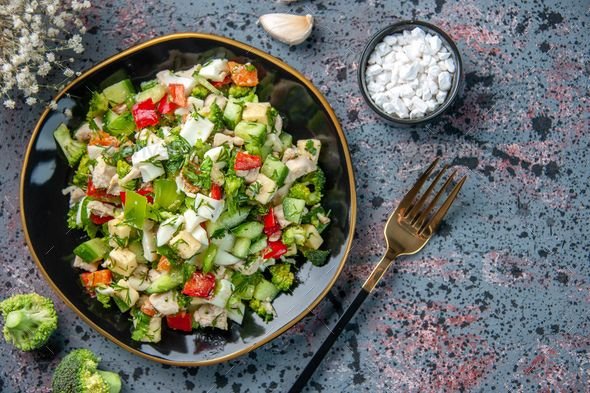
- Swap proteins while maintaining portions
- Rotate vegetables based on seasonality
- Adjust portions to meet individual needs
- Consider food allergies and preferences
Anti-Inflammatory Benefits
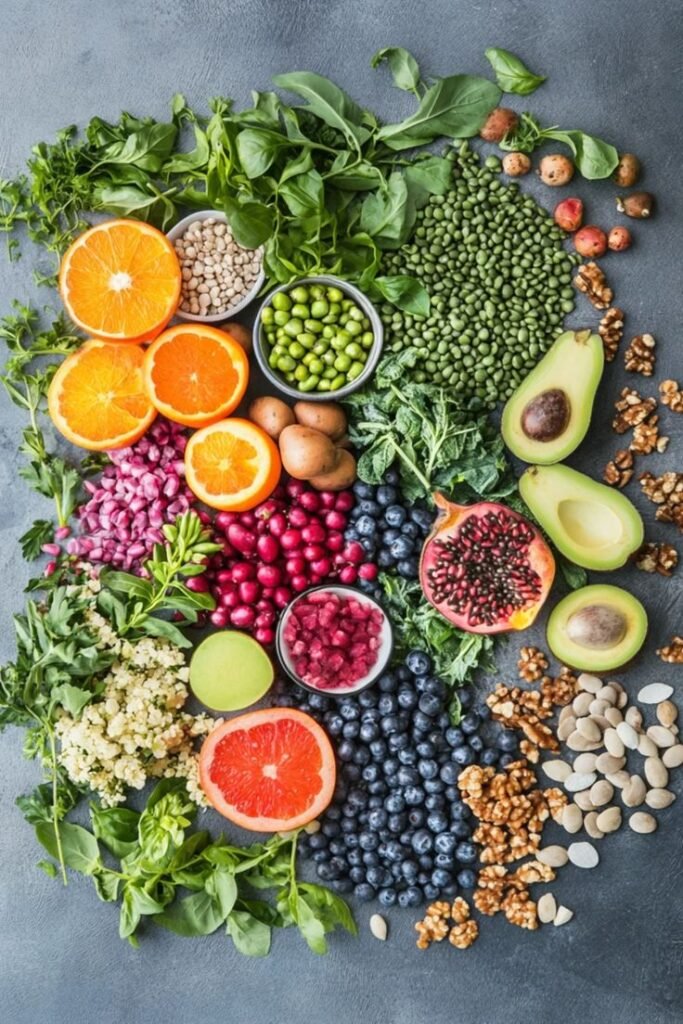
- Fatty fish rich in omega-3 fatty acids
- Colorful vegetables high in antioxidants
- Whole grains for fiber
- Nuts and seeds for healthy fats
- Berries for their anti-inflammatory properties
Important Notes

1. Hydration: Drink plenty of water throughout the day
2. Portion Control: Use measuring tools initially to ensure proper portions
3. Food Quality: Choose organic when possible, especially for the “dirty dozen”
4. Timing: Space meals 3-4 hours apart for optimal digestion
Customization

- Individual caloric needs
- Food preferences
- Activity levels
- Health conditions
Health Benefits and Scientific Evidence
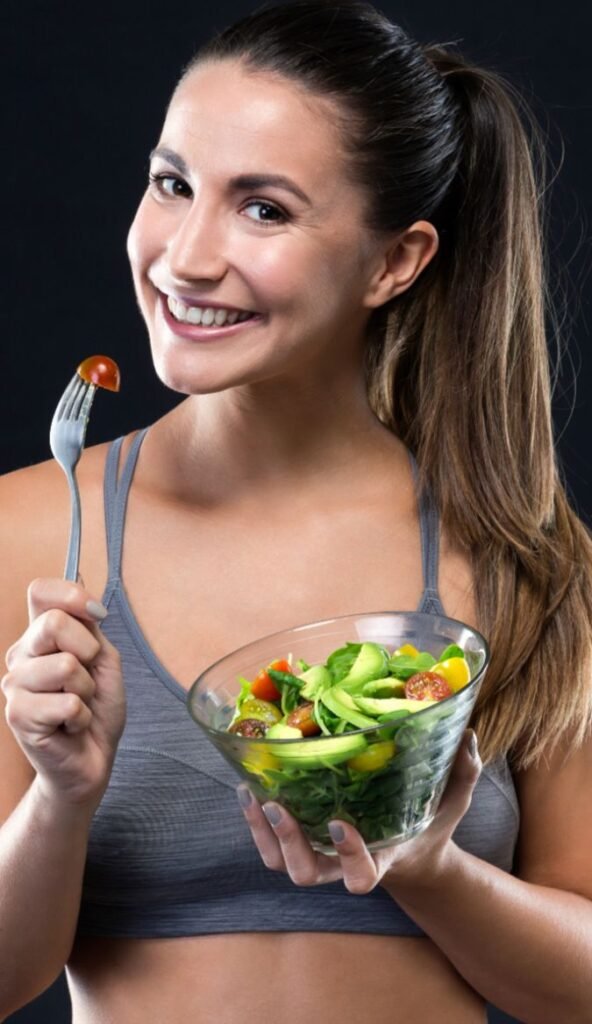
- Reduce inflammatory markers in the body
- Improve symptoms of autoimmune diseases
- Lower risk of heart disease and high blood pressure
- Help maintain healthy blood sugar levels
- Support weight loss goals
- Boost immune system function
Important Considerations
Foods to Limit or Avoid

- Sugary drinks
- White bread and refined carbohydrates
- Red meat
- Processed foods
- Excessive dairy products like cream cheese and sour cream
Lifestyle Factors

- Consider combining this eating plan with intermittent fasting (consult a healthcare professional first)
- Maintain a healthy lifestyle with regular exercise
- Manage stress levels
- Ensure adequate sleep
Beyond Diet: Comprehensive Strategies to Reduce Inflammation

Mind-Body Practices
Tai Chi and Qigong

- Decrease inflammatory markers like C-reactive protein (CRP)
- Enhance immune system function
- Improve balance and overall quality of life
- Reduce stress-related inflammation
- Provide similar benefits to conventional exercise
Stress Management
Meditation and Mindfulness

- Regular meditation practice helps modulate the body’s stress response
- Reduces cortisol levels and inflammatory markers
- Experienced meditators show lower inflammation compared to non-meditators
Social Support

- Building strong social connections buffers stress effects
- Positive emotions help reduce inflammatory responses
- Regular social interaction supports overall inflammatory balance
Sleep Optimization
Establish Consistent Sleep Patterns

- Maintain regular sleep and wake times
- Aim for 7-9 hours of sleep nightly
- Create a comfortable sleep environment
- Minimize noise and light exposure
Address Sleep Quality

- Poor sleep quality correlates with elevated inflammatory markers
- Sleep disturbances can increase systemic inflammation
- Regular sleep patterns help maintain healthy inflammatory responses
Physical Activity
Aerobic Exercise

- Most effective at reducing inflammatory markers
- Activities include:RunningSwimmingCyclingBrisk walking
- Running
- Swimming
- Cycling
- Brisk walking
Resistance Training

- Helps reduce C-reactive protein levels
- Builds muscle mass
- Improves metabolic health
Combined Exercise Approach

- Mix aerobic and resistance training
- Particularly beneficial for those with metabolic issues
- Provides comprehensive anti-inflammatory benefits
Environmental Considerations
Reduce Air Pollution Exposure

- Use air purifiers indoors
- Avoid outdoor activities during high pollution days
- Support emission-reduction initiatives
Minimize Chemical Exposure
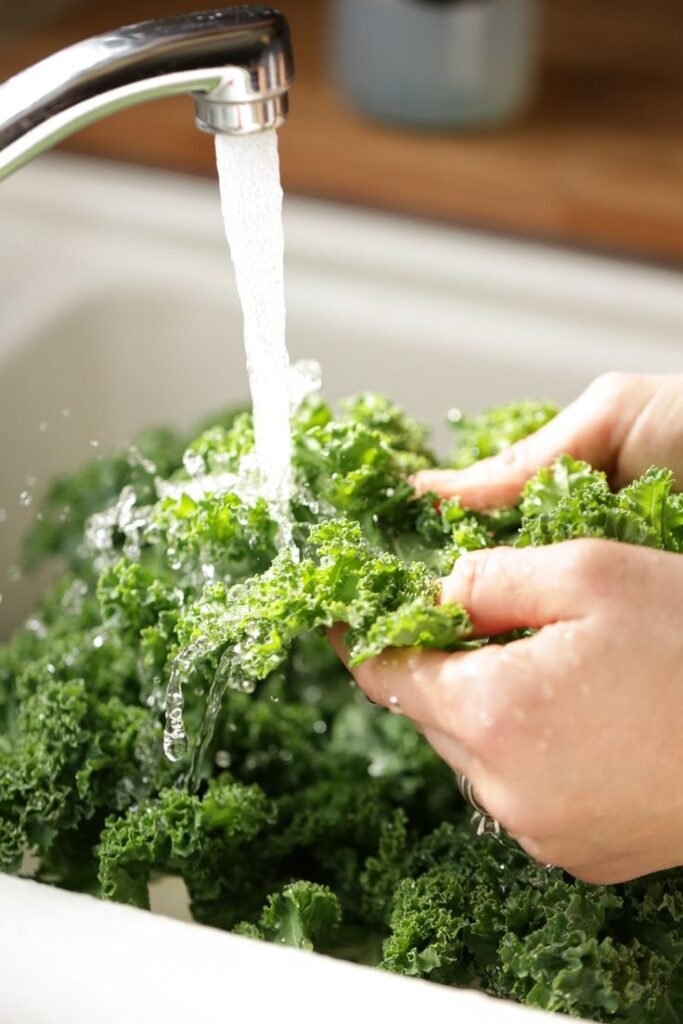
- Choose phthalate-free and BPA-free products
- Reduce plastic use
- Use natural cleaning products
- Avoid tobacco smoke exposure
Allergen Management

- Use HEPA filters
- Maintain low indoor humidity
- Regular cleaning
- Use allergen-proof bedding
Top Anti-Inflammatory Drinks for Optimal Health
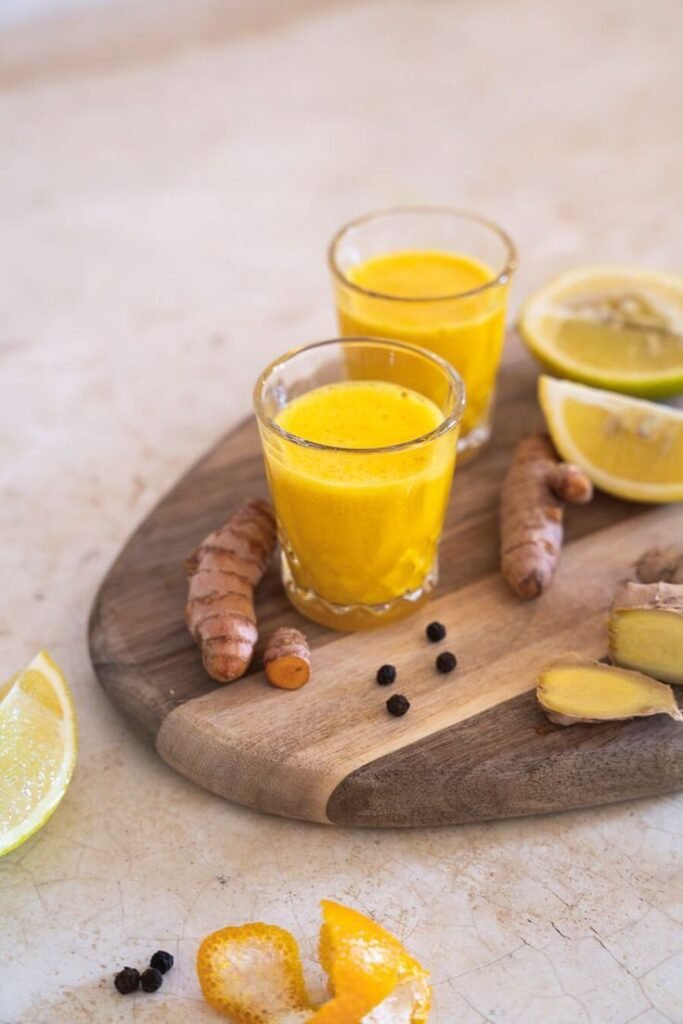
1. Turmeric-Based Beverages

- Golden Milk (Turmeric Latte)
- Combines turmeric with milk (dairy or plant-based)
- Enhanced with black pepper for better absorption
- Most effective when consumed before bed
2. Green and Black Tea

- Green tea shows superior anti-inflammatory properties
- Rich in catechins and antioxidants
- Most beneficial when consumed warm with lemon
- Green tea has higher flavonoid content than black tea
3. Coffee Combinations

- Coffee with milk doubles anti-inflammatory properties
- Contains beneficial polyphenols
- Particularly effective when proteins and antioxidants combine
4. Ginger-Based Drinks

- Ginger-Turmeric Tea
- Combines two powerful anti-inflammatory ingredients
- Recipe: 2 cups water, 1 tsp turmeric, 1-inch grated ginger
- Add black pepper to enhance absorption
5. Berry-Based Smoothies
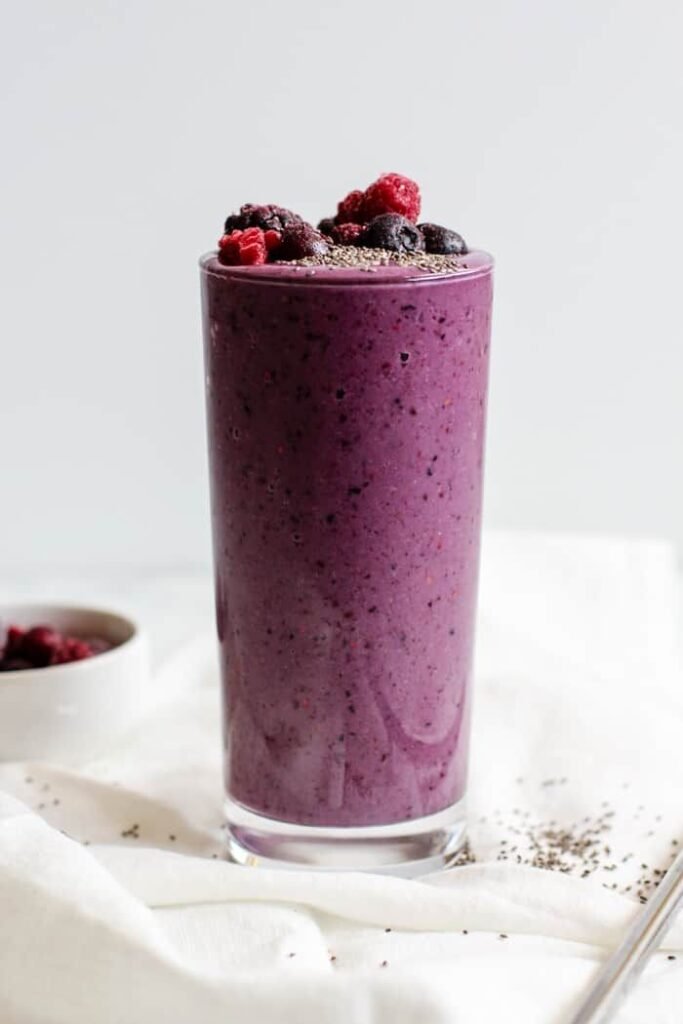
- Rich in antioxidants
- Combine with:Almond milkGreen leafy vegetablesFlaxseeds for added benefits
- Almond milk
- Green leafy vegetables
- Flaxseeds for added benefits
6. Traditional Fermented Drinks

- Kombucha offers probiotic benefits
- Supports gut health and immune system
Natural Supplements
Key Supplements

- Omega-3 fatty acids
- Curcumin supplements
- Zinc
- S-adenosylmethionine (SAMe)
Herbal Options

- Green tea
- Garlic
- Elderberry
- Nettle
Lifestyle Integration Tips
1. Start Gradually

- Introduce one change at a time
- Build sustainable habits
- Monitor your body’s response
2. Maintain Consistency

- Regular practice yields better results
- Create daily routines
- Track progress and adjustments
3. Combine Approaches

- Integrate multiple strategies
- Find what works best for you
- Adjust based on results

